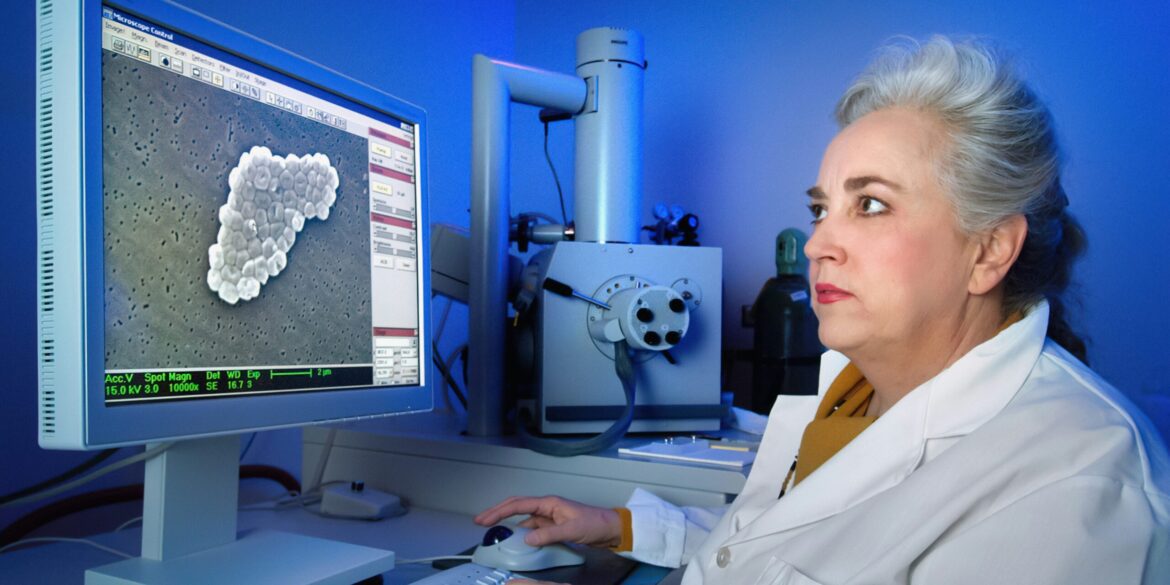In a significant advancement for diabetes research, an international team of scientists has successfully 3D-printed functional human pancreatic islets, offering a promising alternative to traditional insulin therapy for individuals with type 1 diabetes. This pioneering work was unveiled at the European Society for Organ Transplantation (ESOT) Congress 2025 in London.
Led by Dr. Quentin Perrier of Wake Forest University School of Medicine, the research team developed a specialized bioink composed of alginate—a substance derived from seaweed—and decellularized human pancreatic tissue. This bioink was used to print insulin-producing islet cells, which are typically destroyed in individuals with type 1 diabetes due to autoimmune responses.
The bioprinted islets demonstrated remarkable viability and functionality. Laboratory tests revealed that over 90% of the cells remained alive and responsive to glucose for up to three weeks, maintaining robust insulin secretion. Notably, these printed islets outperformed standard islet preparations in insulin response, indicating their potential efficacy in regulating blood sugar levels.
Traditional islet transplantation involves infusing donor cells into the liver, a procedure that often results in significant cell loss and limited long-term success. In contrast, the 3D-printed islets are designed for subcutaneous implantation, requiring only a small incision and local anesthesia. This less invasive method could reduce procedural risks and improve patient comfort.
The printed constructs feature a porous architecture that enhances the flow of oxygen and nutrients, promoting cell health and vascularization—both critical for the long-term survival and function of transplanted islets.
Type 1 diabetes affects millions worldwide, necessitating lifelong insulin therapy. The development of functional, implantable islets could revolutionize treatment by providing a more natural and sustained insulin production mechanism, potentially eliminating the need for regular insulin injections.
Dr. Perrier emphasized the significance of this advancement, stating, “This is one of the first studies to use real human islets instead of animal cells in bioprinting, and the results are incredibly promising. It means we’re getting closer to creating an off-the-shelf treatment for diabetes that could one day eliminate the need for insulin injections.”
The research team is currently conducting animal studies to assess the long-term efficacy and safety of the bioprinted islets. They are also exploring cryopreservation techniques for storage and investigating alternative sources of insulin-producing cells, such as stem-cell-derived islets and xeno-islets from pigs, to address donor shortages.
If subsequent clinical trials confirm the effectiveness of this approach, it could lead to a paradigm shift in diabetes treatment, offering personalized, implantable therapies that improve patient outcomes and quality of life.

